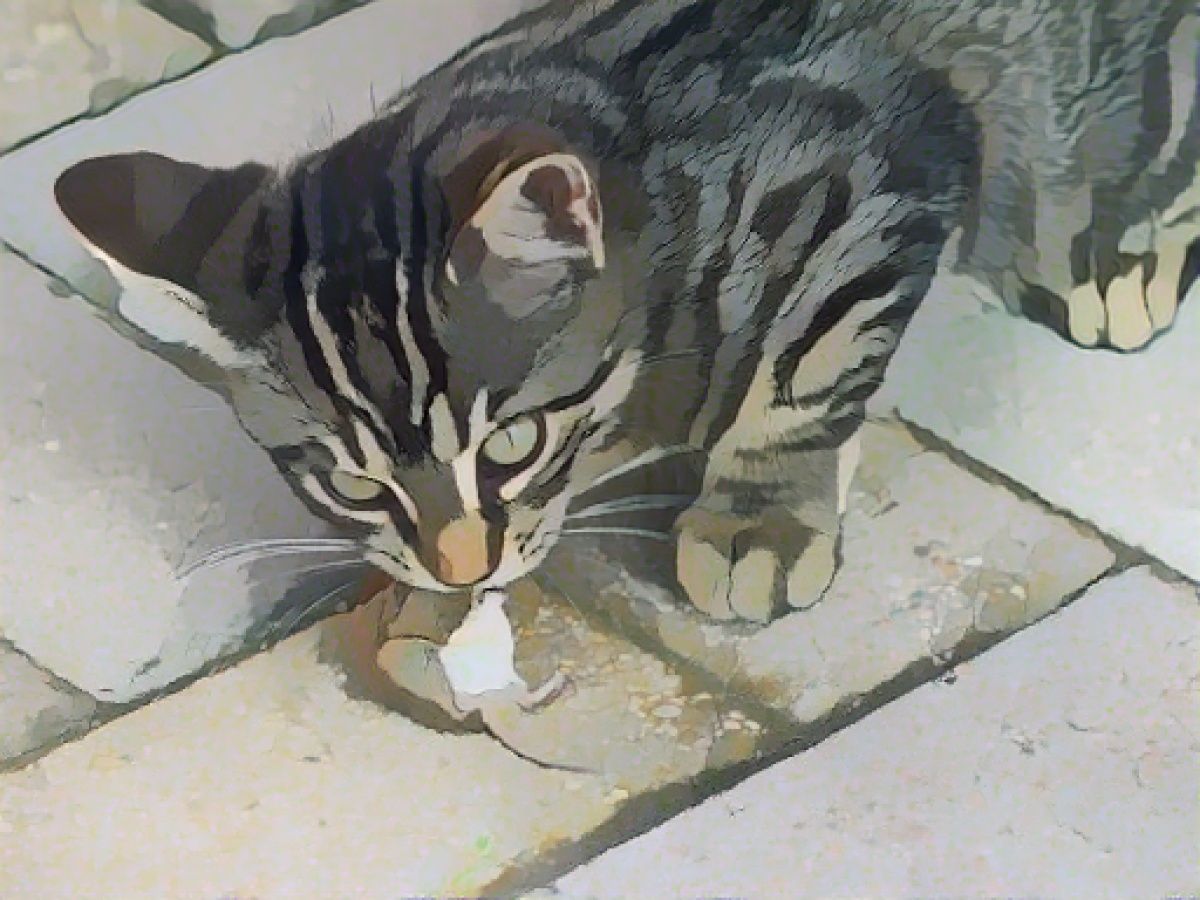Study: Domestic cats and wild cats hardly mingled for a long time
For a long time, domestic and wild cats had little interest in mating and preferred to avoid each other. This is the result of genetic analyses carried out by an international team of researchers led by paleontologist Laurent Frantz from Ludwig-Maximilians-Universität (LMU) Munich and Greger Larson from Oxford University.
The domestic cat (Felis catus) is the pet form of the African hawkcat, which arrived in Europe more than 2000 years ago via the Middle East. Since then, it has lived in the same distribution area as the European wild cat (Felis silvestris).
The experts have now analyzed the genome of wild and domestic cats, as the LMU announced. These included 48 recent samples and 258 samples from archaeological sites dating back up to 8500 years. The researchers investigated whether and to what extent interbreeding had taken place. The result: domestic and wild cats generally avoided mating.
Wild cats are loners
To date, less than ten percent of the ancestry of most modern domestic cats can be traced back to wild cats. "Our studies show that the biology of domestic cats differs so much from that of wild cats that they would not normally interbreed," said Frantz. "This is probably because domestic and wild cats have adapted to very different ecological niches and exhibit different behaviors: Wild cats are solitary animals, while domestic cats can live in much higher densities."
However, if wildcats come under pressure and their population is endangered, this promotes mixing with the domestic cat. Researchers at the University of Bristol were able to prove this specifically for the Scottish wildcat population. Frantz was also involved in the study. The rate of hybridization could then increase rapidly. "This hybridization is a consequence of modern threats. Habitat loss and persecution have brought the wildcat to the brink of extinction in the UK," said Jo Howard-McCombe, lead author of the study.
According to the data, the Scottish wildcats are the most endangered population in the whole of Europe. For Germany, the results suggest that the populations here are probably not yet declining as rapidly and are therefore not yet under the same pressure. "We need more genomic data to be able to monitor the situation in the future and prevent us from facing the same problems as in Scotland," said LMU researcher Frantz.
- Despite sharing the same distribution area for over 2000 years, the genetic analyses revealed that domestic cats, being the pet form of the African hawkcat (Felis catus), and their wild counterpart, the European wildcat (Felis silvestris), hardly interbred, with wild cats being the loners that they are.
- The findings from the study conducted by Laurent Frantz from Ludwig-Maximilians-Universität (LMU) Munich and Greger Larson from Oxford University suggest that the genetic makeup of domestic cats is so distinct from that of wild cats that they usually avoid mating due to their adaptation to different ecological niches and behaviors.
- Although wild cats are generally solitary animals, genetic analyses have shown that under pressure, such as habitat loss and persecution, their populations may interbreed with the domestic cat, as observed in the Scottish wildcat population studied by the University of Bristol, with LMU's Laurent Frantz contributing to the research.
Source: www.dpa.com








